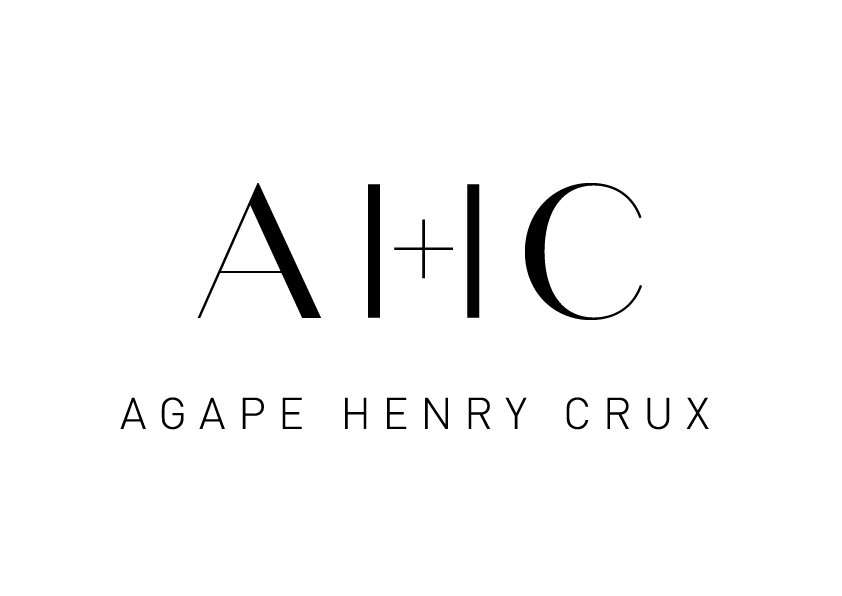What is the best way to get permanent residency using the Contributory Parent Visa?
What is the difference between the Subclass 143 and Subclass 173 Visas?
There are two ways to obtain permanent residency through the permanent contributory parent visa (‘143 visa’) :
(1) The first method is to apply directly for the permanent visas (‘the 1-stage process’); or
(2) The second method is to initially apply for the temporary contributory parent visa (‘173 visa’). Then during the period in which the temporary visas are valid, apply for the corresponding permanent visa. (‘the 2-stage process’)
Do I apply for the one-stage or two-stage Contributory Parent Visa?
There are advantages and disadvantages to both methods.
Advantages of 2-stage Process
You will be allowed to stagger the application costs across the two stages. The total cost will be roughly the same.
An Assurance of Support (‘AoS’) bond will not be required for the granting of a temporary visa but will be required for the permanent visa.
You will receive certain concessions when applying for the corresponding permanent visa, including being about to add a dependent for your temporary visa who is no longer a dependent
Disadvantages of the 2-stage Process
The applicant will be required to undergo the application process twice, which will increase uncertainty.
Due to the annual adjustment of application charges, the applicant may end up paying slightly extra.
The temporary contributory parent visa (‘173 visa’) is only valid for 2 years and can’t be extended/renewed. You must apply for another visa within that time.
Once you have a temporary contributory parent visa (‘173 visa’), you will only be able to apply for another contributory parent visa in the same class, a medical treatment visa or a protection visa, unless you leave Australia.
What is the benefit of going from the Subclass 173 to Subclass 143 Visa (two-stage)?
There are two possible health criterions that the applicant may be subject to: the health criterion with a health waiver option (‘4007’) or the health criterion without the health waiver option (‘PIC 4005’). The applicant will encounter one or another during the process regardless of which option they choose.
1-stage process
Temporary Visa: N/A
Permanent Visa:
If they hold a substituted 600 visa – PIC 4007.
If they don’t hold a substituted 600 visa – PIC 4005.
2-stage process
Temporary Visa: Must satisfy PIC 4005 at the time of the decision.
Permanent Visa: No PIC 4005 or 4007 but the applicant has to undergo any health checks that the ‘Minister considers appropriate’.
Where this may be advantageous is when a visa applicant gives birth after an application is made for one of permanent contributory parent visa. Newborn children born in Australia to parents holding a temporary contributory parent visa (‘173 visa’) visa will be automatically granted their parent’s temporary contributory parent visa (‘173 visa’) and automatically added to the permanent visa application. This means that the newborn child will not be subject to the health criterion at any point in the process.
How Can Agape Henry Crux Help You
At Agape Henry Crux, our Accredited Specialist Immigration Lawyers and our team of immigration lawyers and migration agents are well trained to handle highly complex matters. You can book one of our lawyers or agents to seek professional advice by calling 02-72002700 or email us to book in a time at info@ahclawyers.com.
We speak fluent English, Korean, Burmese, Japanese, Mandarin, Cantonese, Indonesian, and Malay. If this isn’t your language, we can also help you arrange an interpreter.
This article/presentation (“publication”) does not deal extensively with important topics or changes in law and is not intended to be relied upon as a substitute for legal or other advice that may be relevant to the reader's specific circumstances. If you find this publication of interest and would like to know more or wish to obtain legal advice relevant to your circumstances please contact our office.
